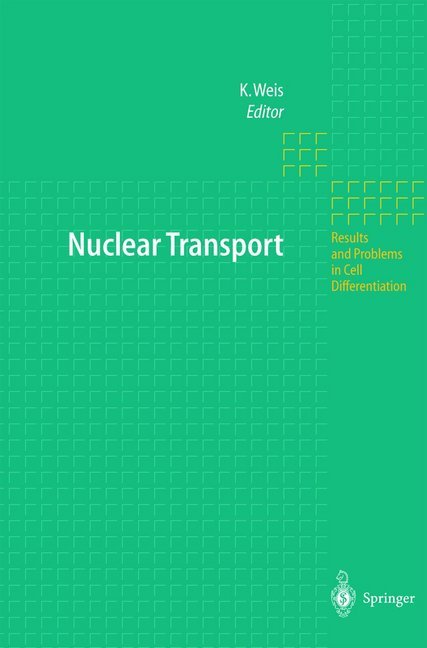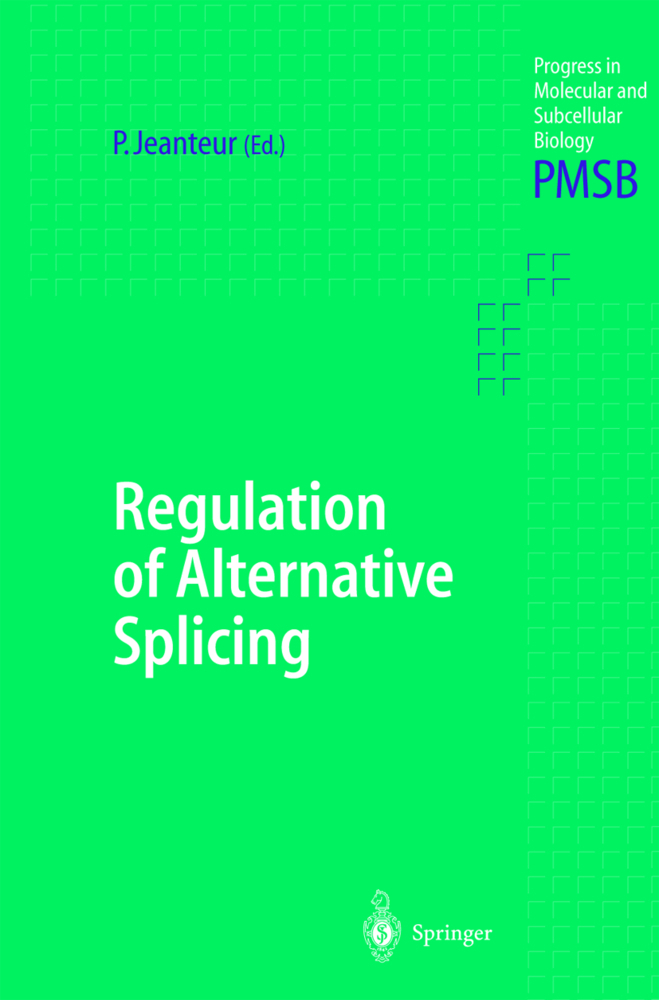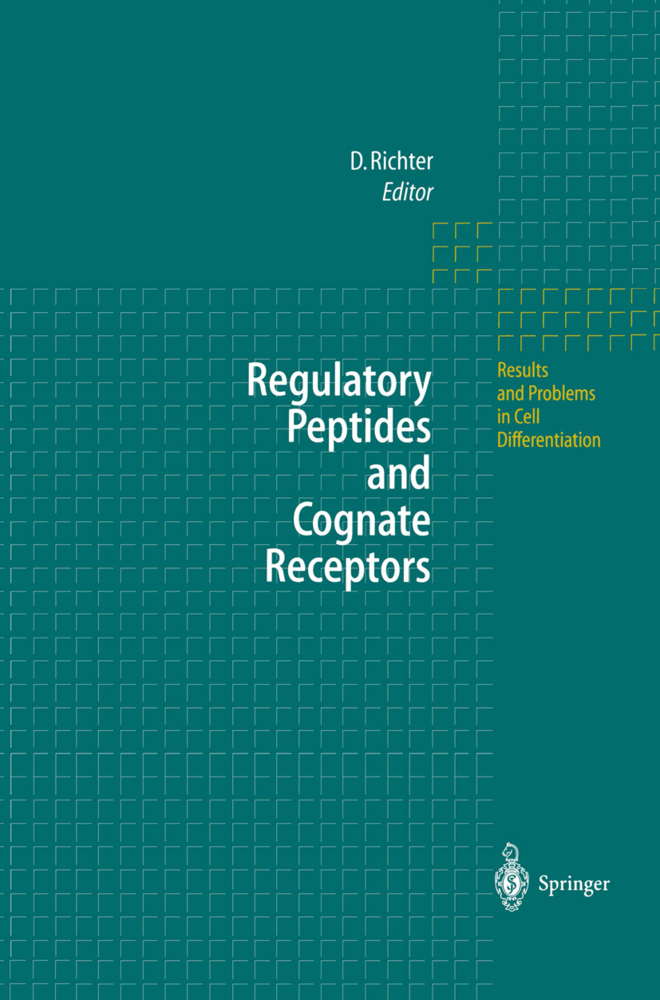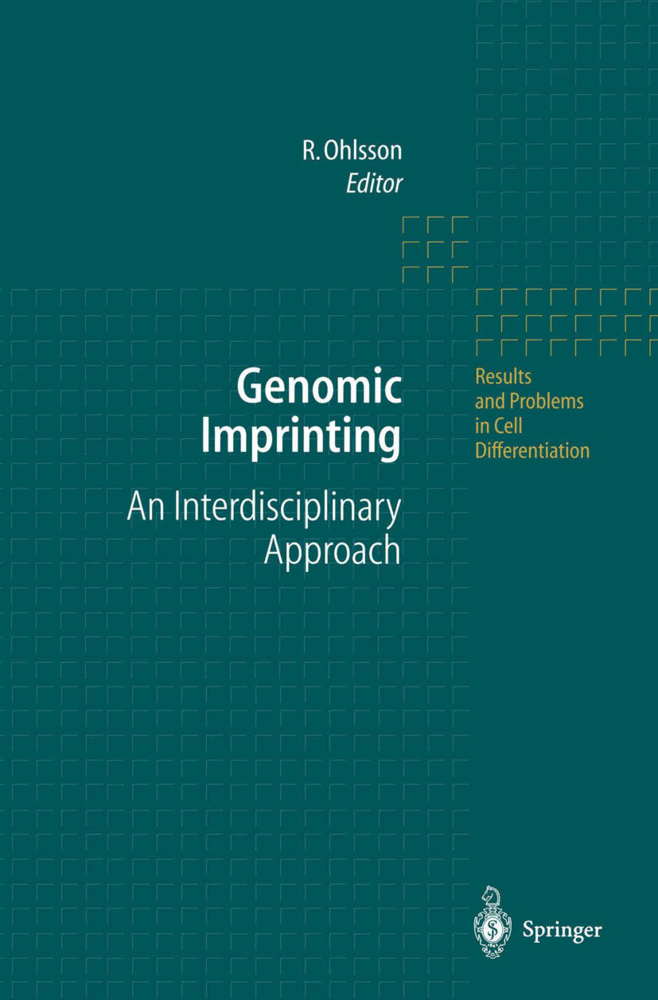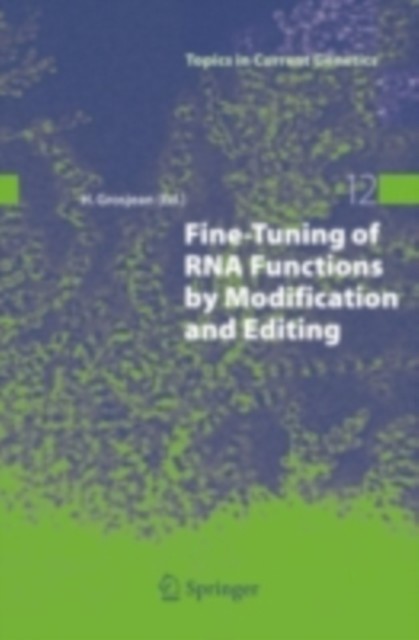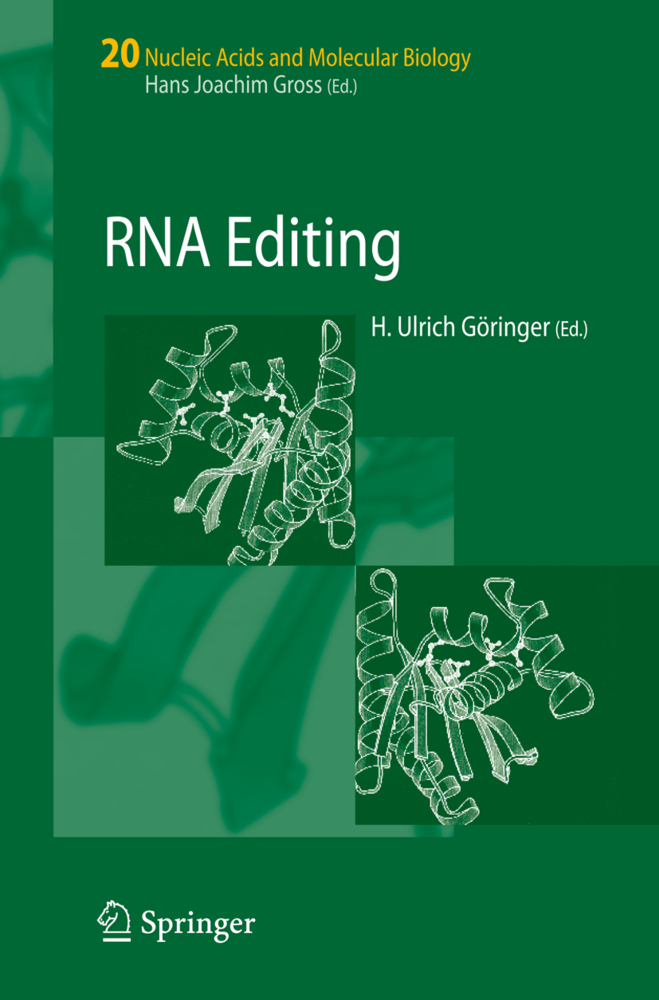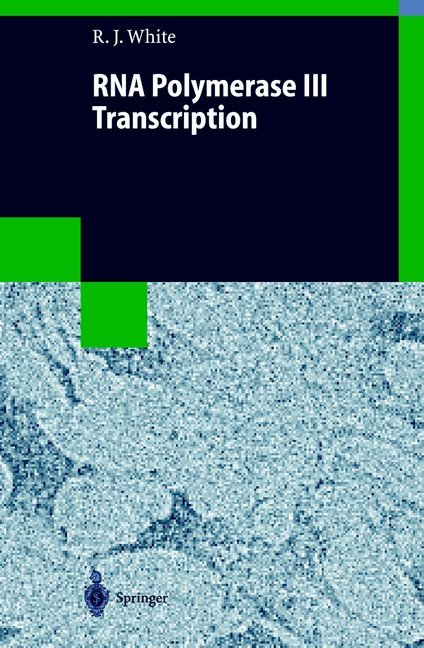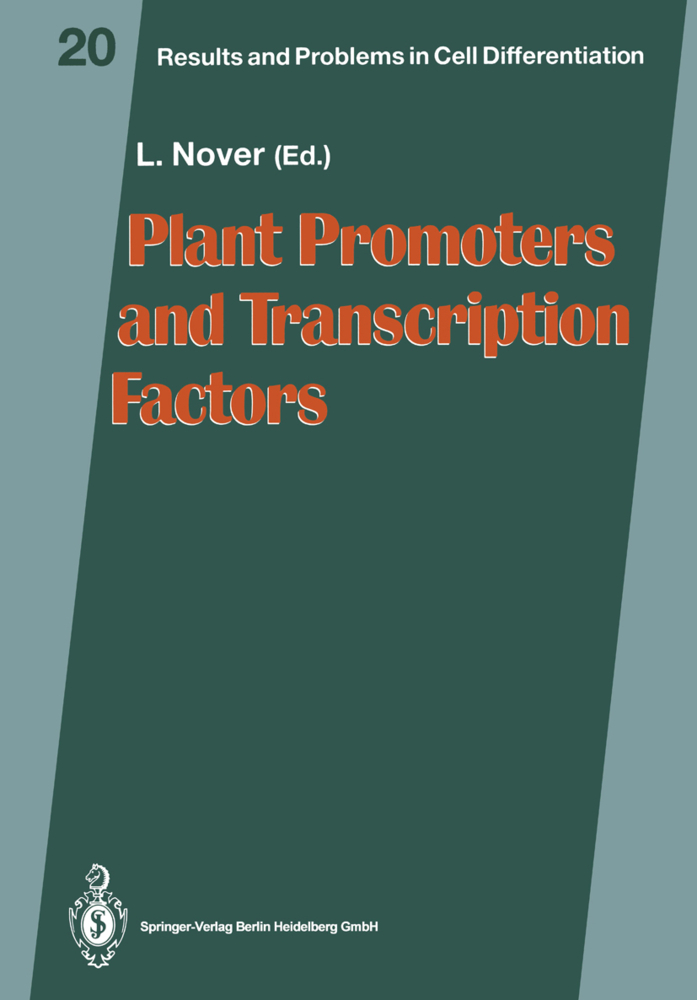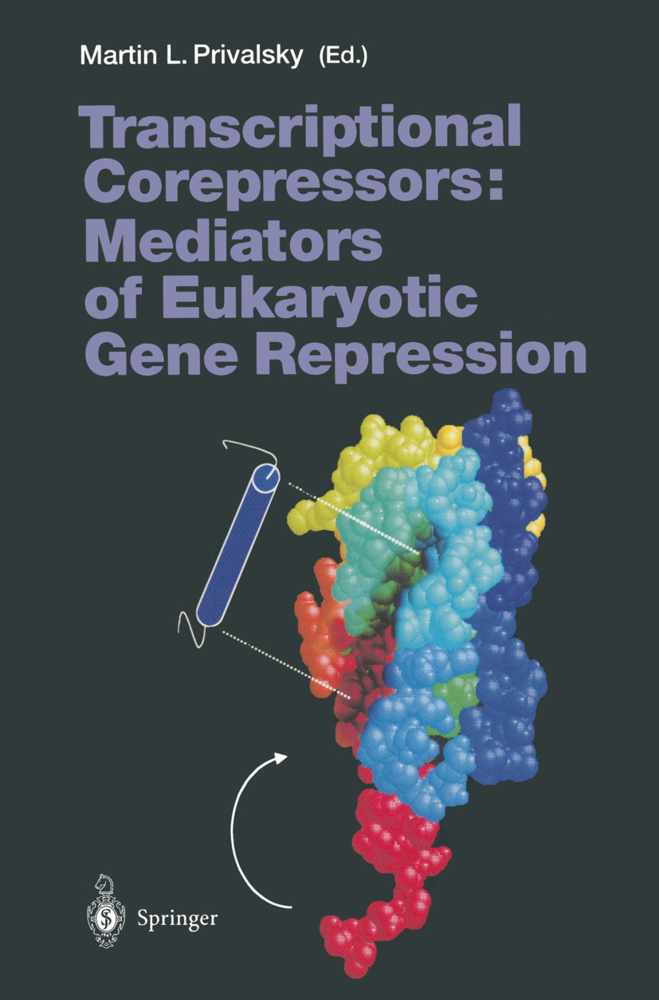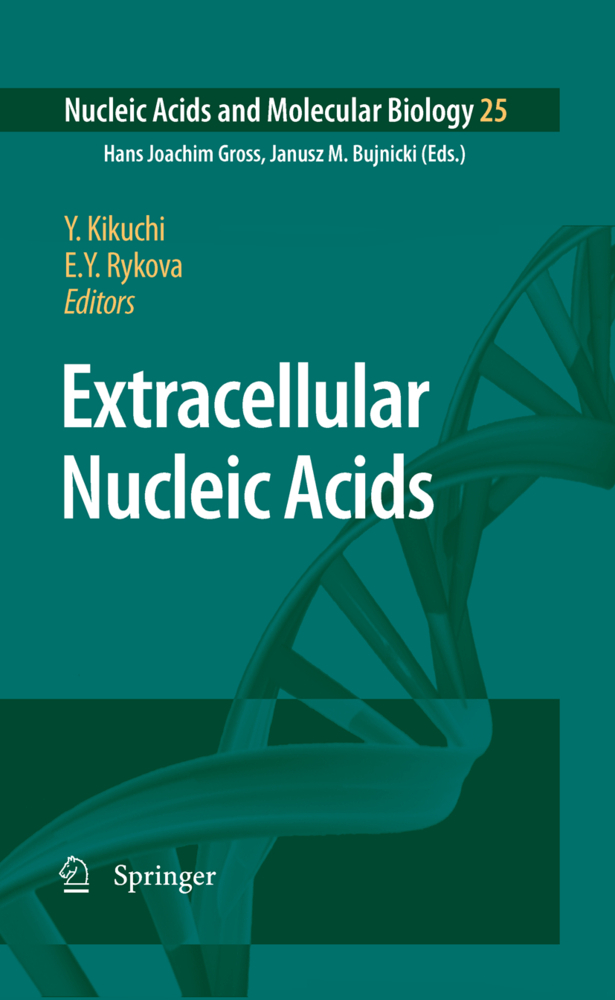Nuclear Transport
Nuclear Transport
Bidirectional traffic of macromolecules across the nuclear envelope is an active and essential transport process in all eukaryotic cells. Work on various model systems has led to a tremendous increase in our understanding of nuclear transport in recent years.
This volume summarizes our current knowledge of protein and RNA transport into and out of the nucleus. It contains nine up-to-date reviews which cover various aspects of nucleocytoplasmic transport, including the structure and function of the nuclear pore complex, the role of soluble transport factors in protein and RNA transport, and the regulation of protein transport through the nuclear pore.
2 Overview of the Yeast NPC Structure
3 Yeast Nucleoporins: What's NUP, What's Not
4 The Yeast NPC as a Dynamic Structure
5 Putting It All Together: The Internal Organization of the Yeast NPC
6 Functional Environment of the Yeast NPC: The Interactions with Its Neighbors
7 Mechanism of Nucleocytoplasmic Transport
References
The Vertebrate Nuclear Pore Complex: From Structure to Function
1 Introduction
2 Toward the Three-Dimensional Architecture of the Nuclear Pore Complex
3 Molecular Constituents of the Nuclear Pore Complex: The Nucleoporins
4 What Is the Functional Significance of the Multiple Locations of Nucleoporins?
5 From Nuclear Pore Complex Structure to Nucleocytoplasmic Transport
6 Concluding Remarks
References
How Ran Is Regulated
1 Ran Belongs to the Superfamily of Ras-Related Proteins
2 Ran
3 Stimulation of Guanine Nucleotide Exchange by RanGEF
4 Induction of the Ran GTPase by RanGAP
5 Role of Ran in Protein Import
6 Effects of Importin-?-Related Proteins on the Activities of Ran
7 Recycling of Exported Import Factors by RanBP1/RanBP2
8 Export of Macromolecules from the Nucleus
9 Role of RanBP3 in Exportin-l-Mediated Export
10 Import of Ran into the Nucleus
11 Mogl Induces Release of GTP from Ran
12 RanGTP in Mitosis
References
Exportin-Mediated Nuclear Export of Proteins and Ribonucleoproteins
1 Introduction
2 Ran Is King
3 Exportins
4 CRM1/Exportin-1
5 Exportin-Mediated Export of Ribonucleoproteins
6 Exportin-4
7 Msn5/Exportin-5
8 Interaction of Exportins with the Nuclear Pore Complex
9 Perspectives
References
Structures of Importins
1 Introduction
2 NLS Recognition: Association with a
3 Cargo Bindingto the Receptor: Importin-?-Binding Association with ?
4 Cargo Release: RanGTP Binding to ? and ?2
5 Nuclear Pore Complex Docking
6 From Static Snapshots to a Dynamic Picture
Addendum
References
Nuclear Export of tRNA
1 Introduction
2 tRNA Processing: Preparation to Exit the Nucleus?
3 A Distinct Pathway for the Nuclear Export of Mature tRNA
4 Identification of Los 1p/Xpo-t as a Nuclear Export Receptor for tRNA
5 Structural Requirements for the Xpo-t/tRNA Interaction: A Proofreading Mechanism?
6 An Alternative Nuclear tRNA Export Pathway and the Role of Aminoacylation
7 Nuclear tRNA Export as a Regulatory Mechanism?
8 Concluding Remarks
References
Nuclear Export of Messenger RNA
1 Introduction
2 RAE1/Gle2p and TAP/Mex67p May Function as Nuclear Export Receptors for mRNA
3 Role of hnRNP-Like Proteins in mRNA Export
4 Export of Spliced and Unspliced mRNAs
5 Disassembly of Export Complexes and Recycling of Export Factors: The Role of Dbp5
6 Perspectives
References
Using Retroviruses To Study the Nuclear Export of mRNA
1 Nuclear mRNA Export and the Retroviral Life Cycle
2 Crml-Dependent Retroviral mRNA Export
3 Tap-Dependent Retroviral mRNA Export
4 Other Retroviruses, Other Pathways?
References
Regulated Nuclear Transport
1 Introduction
2 Protein Kinases
3 Transcription Factors
4 Stress Regulation of Nuclear mRNA Export
5 Some General Conclusions
References.
This volume summarizes our current knowledge of protein and RNA transport into and out of the nucleus. It contains nine up-to-date reviews which cover various aspects of nucleocytoplasmic transport, including the structure and function of the nuclear pore complex, the role of soluble transport factors in protein and RNA transport, and the regulation of protein transport through the nuclear pore.
The Structure and Composition of the Yeast NPC
1 Introduction2 Overview of the Yeast NPC Structure
3 Yeast Nucleoporins: What's NUP, What's Not
4 The Yeast NPC as a Dynamic Structure
5 Putting It All Together: The Internal Organization of the Yeast NPC
6 Functional Environment of the Yeast NPC: The Interactions with Its Neighbors
7 Mechanism of Nucleocytoplasmic Transport
References
The Vertebrate Nuclear Pore Complex: From Structure to Function
1 Introduction
2 Toward the Three-Dimensional Architecture of the Nuclear Pore Complex
3 Molecular Constituents of the Nuclear Pore Complex: The Nucleoporins
4 What Is the Functional Significance of the Multiple Locations of Nucleoporins?
5 From Nuclear Pore Complex Structure to Nucleocytoplasmic Transport
6 Concluding Remarks
References
How Ran Is Regulated
1 Ran Belongs to the Superfamily of Ras-Related Proteins
2 Ran
3 Stimulation of Guanine Nucleotide Exchange by RanGEF
4 Induction of the Ran GTPase by RanGAP
5 Role of Ran in Protein Import
6 Effects of Importin-?-Related Proteins on the Activities of Ran
7 Recycling of Exported Import Factors by RanBP1/RanBP2
8 Export of Macromolecules from the Nucleus
9 Role of RanBP3 in Exportin-l-Mediated Export
10 Import of Ran into the Nucleus
11 Mogl Induces Release of GTP from Ran
12 RanGTP in Mitosis
References
Exportin-Mediated Nuclear Export of Proteins and Ribonucleoproteins
1 Introduction
2 Ran Is King
3 Exportins
4 CRM1/Exportin-1
5 Exportin-Mediated Export of Ribonucleoproteins
6 Exportin-4
7 Msn5/Exportin-5
8 Interaction of Exportins with the Nuclear Pore Complex
9 Perspectives
References
Structures of Importins
1 Introduction
2 NLS Recognition: Association with a
3 Cargo Bindingto the Receptor: Importin-?-Binding Association with ?
4 Cargo Release: RanGTP Binding to ? and ?2
5 Nuclear Pore Complex Docking
6 From Static Snapshots to a Dynamic Picture
Addendum
References
Nuclear Export of tRNA
1 Introduction
2 tRNA Processing: Preparation to Exit the Nucleus?
3 A Distinct Pathway for the Nuclear Export of Mature tRNA
4 Identification of Los 1p/Xpo-t as a Nuclear Export Receptor for tRNA
5 Structural Requirements for the Xpo-t/tRNA Interaction: A Proofreading Mechanism?
6 An Alternative Nuclear tRNA Export Pathway and the Role of Aminoacylation
7 Nuclear tRNA Export as a Regulatory Mechanism?
8 Concluding Remarks
References
Nuclear Export of Messenger RNA
1 Introduction
2 RAE1/Gle2p and TAP/Mex67p May Function as Nuclear Export Receptors for mRNA
3 Role of hnRNP-Like Proteins in mRNA Export
4 Export of Spliced and Unspliced mRNAs
5 Disassembly of Export Complexes and Recycling of Export Factors: The Role of Dbp5
6 Perspectives
References
Using Retroviruses To Study the Nuclear Export of mRNA
1 Nuclear mRNA Export and the Retroviral Life Cycle
2 Crml-Dependent Retroviral mRNA Export
3 Tap-Dependent Retroviral mRNA Export
4 Other Retroviruses, Other Pathways?
References
Regulated Nuclear Transport
1 Introduction
2 Protein Kinases
3 Transcription Factors
4 Stress Regulation of Nuclear mRNA Export
5 Some General Conclusions
References.
Weis, Karsten
| ISBN | 978-3-642-53608-3 |
|---|---|
| Artikelnummer | 9783642536083 |
| Medientyp | Buch |
| Auflage | Softcover reprint of the original 1st ed. 2002 |
| Copyrightjahr | 2012 |
| Verlag | Springer, Berlin |
| Umfang | XIII, 197 Seiten |
| Abbildungen | XIII, 197 p. 78 illus. |
| Sprache | Englisch |

